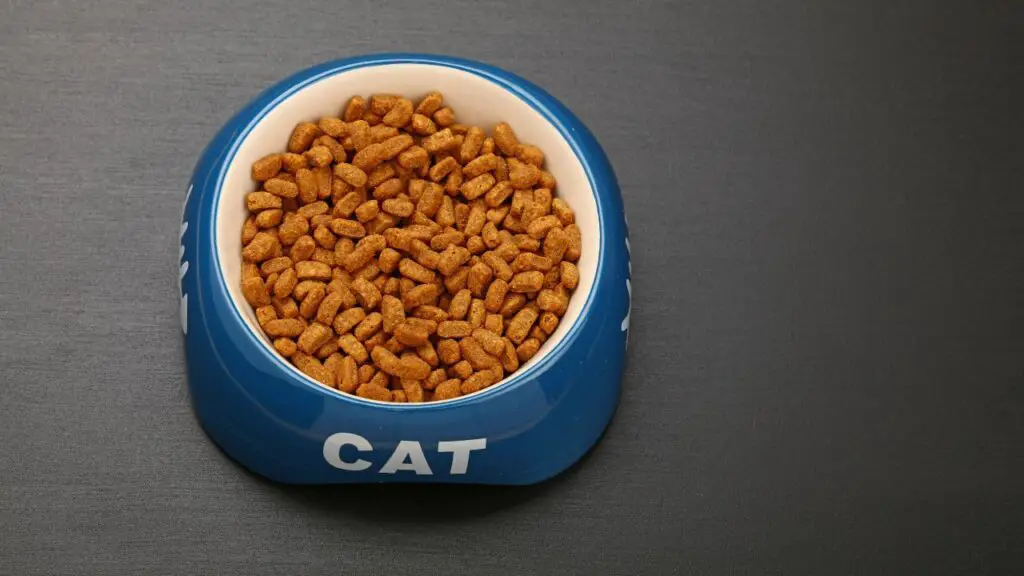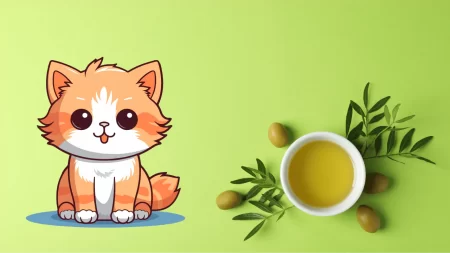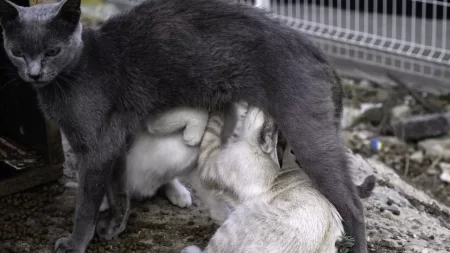The controversy surrounding grain-free cat food centers on its potential connection to dilated cardiomyopathy (DCM), a heart condition.
The FDA has been investigating over 500 reports of DCM in dogs and cats that appear to be linked to grain-free or BEG diets (boutique, exotic, grain-free).
These diets often contain high levels of legumes (peas, lentils, beans, potatoes) and exotic proteins (kangaroo, bison, alligator).
Some experts suspect that these ingredients may interfere with taurine absorption, an essential amino acid for feline heart health.
However, the exact cause of DCM in these cases remains unknown and is under investigation.
Certain pet owners may opt for grain-free diets based on the belief that grains are harmful or unnecessary for obligate carnivores like cats.
However, veterinary nutritionists emphasize that grains are not inherently detrimental and can serve as a source of carbohydrates, which are vital for energy and other functions.
They also caution that the ingredient list on pet food labels is an unreliable indicator of product quality or nutritional adequacy.
Instead, they advise checking for the nutrition adequacy statement, indicating whether the food meets the standards set by the Association of American Feed Control Officials (AAFCO) for various life stages and species.
In summary, grain-free cat food is not inherently superior or inferior to grain-containing options, but it may carry certain risks for specific cats.
The recommended approach for selecting cat food involves consulting with a veterinarian and seeking evidence-based information from reputable sources.
Pros
- Grain-free feline meals might have fewer carbohydrates and more protein compared to regular foods, a beneficial factor for cats who are inherent carnivores.
- Grain-free options can suit cats suffering from grain sensitivities, leading to issues like itchiness, vomiting, diarrhea, and weight loss, though most cats typically react to animal-based ingredients instead of grains.
- Owners favoring natural or holistic diets, or those intending to recreate the diet of wild cats may find grain-free cat food attractive.
Cons
- Despite being grain-free, such cat food may hold equal caloric content and a greater amount of carbohydrates compared to traditional cat food, posing a risk for overweight or diabetic cats. This is because grain substitutes often include other carbohydrate sources, like legumes, potatoes, tapioca, and fruits.
- Grain-free cat food has potential links to a heart condition called dilated cardiomyopathy (DCM) in some cats and dogs. The FDA is probing over 500 reported DCM cases in pets, seemingly connected to grain-free or BEG (boutique, exotic, grain-free) diets. These diets usually consist of abundant legumes and exotic proteins, possibly obstructing the absorption of taurine, a heart-essential amino acid for cats. However, the precise DCM cause remains uncertain and under probe.
- Compared to grain-inclusive cat food, grain-free variants may cost more, may not be as readily available, and might lack the nutrition adequacy statement. This statement indicates whether the food meets the standards set by the Association of American Feed Control Officials (AAFCO) for various life stages and species.







